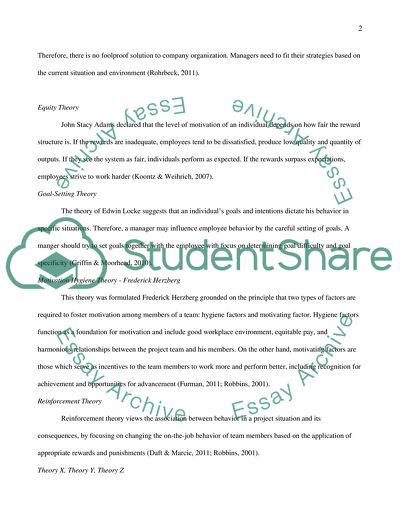Not Found (#404) - StudentShare. Retrieved from https://studentshare.org/management/1748975-taxonomy-is-to-identify-at-least-ten-separate-and-distinct-theories-related-to-managing-project-teams
Not Found (#404) - StudentShare. https://studentshare.org/management/1748975-taxonomy-is-to-identify-at-least-ten-separate-and-distinct-theories-related-to-managing-project-teams.


